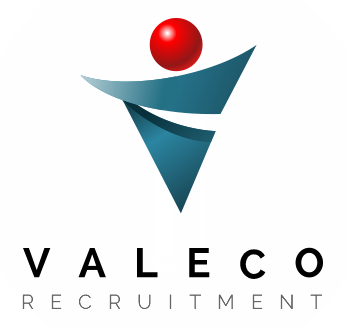The External Candidate Experience: Are you driving talent away?
In today's competitive job market, attracting top talent is more critical than ever. But here's a sobering thought for every hiring manager, company owner, and recruitment professional: while you're busy seeking the best, your very own hiring process might be actively pushing them away.
It's time to take a hard look in the mirror and ask: If you were the candidate, what would you truly think of your job advert, application forms, interview stages, and feedback loops? Stepping into their shoes is the first step toward building a recruitment process that attracts, rather than deters, the talent you need.
The Job Advert: Your First Impression (and Often the Last)
Your job advert is often the first, and sometimes only, interaction a potential candidate has with your company. So why do so many fall short? Are they laden with internal jargon that means nothing to an outsider? Do they simply list tasks rather than paint a compelling picture of the role and its impact?
A truly effective job advert doesn't just describe a position; it sells an opportunity. It should clearly outline the responsibilities, yes, but also the team culture, growth prospects, and why someone should choose your company over another. If your advert sounds like a dry internal memo, you're missing a massive opportunity to capture attention from the get-go.
The Application: A Test of Patience, Not Potential
A candidate is excited. They've read your advert and are ready to apply. What awaits them? Often, a digital obstacle course. Long-winded application forms that demand information already on a well-crafted CV are a notorious turn-off. It sends a clear message: "We value our convenience over your time."
Adding insult to injury, these forms are frequently not compatible with mobile devices. Imagine a candidate trying to meticulously fill out fields on their phone, only for the text to appear garbled or the layout to be impossible to navigate. This isn't just frustrating; it immediately casts your company as behind the times and not user-friendly. In a world where digital experience is paramount, your application process needs to reflect that.
The Interview: A Marathon, Not a Meaningful Conversation
You've identified a promising candidate. Now comes the interview process, which for many companies, has become an arduous gauntlet. Panels of five or six interviewers, or even five-to-six stage interview processes, are increasingly common. While diligence is commendable, excessive stages and large panels can be exhausting and intimidating.
Think about the candidate's perspective: they're taking time off work, preparing intensely for each stage, and trying to make a good impression on multiple new faces. A convoluted process doesn't necessarily yield better insights; it often just creates fatigue and can signal indecision or a lack of clarity within your own organization. Streamlined, purposeful interviews are key.
The Aftermath: The Silence That Speaks Volumes
Perhaps the most damaging aspect of a poor recruitment process is what happens after the interview. The lack of communication, waiting weeks for feedback, or sometimes receiving no feedback at all, is shockingly prevalent. Even worse, being ghosted after multiple interviews leaves a terrible taste and damages your employer brand.
When feedback is eventually provided, it's often limited and unhelpful, offering no real insight into why a candidate wasn't successful or what they could improve. This isn't just about common courtesy; it reflects poorly on your company's professionalism and respect for individuals who have invested their time and effort. Good or bad, feedback is a gift that builds reputation.
Onboarding: The Final Fumble
Even when a candidate successfully navigates the gauntlet and accepts an offer, the journey isn't over. A slow, clunky, or disorganized onboarding process can immediately deflate their excitement and set a negative tone for their employment. Whether it's delays in getting equipment, unclear first-day instructions, or a lack of proper introductions, a messy onboarding signals inefficiency and disorganisation.
Your onboarding process is the candidate's first real taste of working for you. It should be an extension of the positive experience you want to create, making them feel welcomed, valued, and ready to contribute from day one.
The Call to Action: Empathy is Your Best Recruitment Tool
In a world vying for talent, the candidate experience is your competitive advantage. It's not just about filling a role; it's about building your reputation as an employer, one interaction at a time. Every friction point you create is a potential reason for a top candidate to walk away, not just from that role, but from your company altogether.
Hiring managers and company owners: it's time for radical empathy. Go through your entire recruitment process as if you were a candidate. Click through your job advert, attempt to fill out your application on a mobile device, imagine attending all your interview stages, and reflect on the feedback (or lack thereof) you receive.
Ask yourself: Does this process genuinely attract the talent you seek? Does it reflect the values and efficiency you champion as a business? If the answer is anything less than a resounding "yes," it's time for a change. Your future success depends on it.



